First Aid Scenario Worksheets
First Aid Scenario Worksheets are helpful tools for individuals who want to enhance their knowledge and skills in administering first aid. These worksheets provide a structured way for learners to practice real-world scenarios, allowing them to become more familiar with the necessary procedures and gain confidence in their abilities. By engaging with these worksheets, individuals can effectively strengthen their understanding of first aid and become well-prepared to handle emergencies.
Table of Images 👆
More Other Worksheets
Kindergarten Worksheet My RoomSpanish Verb Worksheets
Cooking Vocabulary Worksheet
DNA Code Worksheet
Meiosis Worksheet Answer Key
Art Handouts and Worksheets
7 Elements of Art Worksheets
All Amendment Worksheet
Symmetry Art Worksheets
Daily Meal Planning Worksheet
How would you treat a minor cut or scrape?
To treat a minor cut or scrape, start by rinsing the wound with clean water to remove any dirt or debris. Pat the area dry with a clean cloth and apply an over-the-counter antibiotic ointment to help prevent infection. Cover the wound with a sterile bandage or gauze to protect it as it heals. Change the bandage daily and monitor the cut for signs of infection such as increased redness, swelling, or drainage. If the wound is deep, won't stop bleeding, or shows signs of infection, seek medical attention.
What steps would you take if someone is experiencing difficulty breathing?
If someone is experiencing difficulty breathing, the first step is to call emergency services immediately. While waiting for help to arrive, you can help the person sit upright in a comfortable position, loosen tight clothing, and reassure them. It's important to stay calm and provide support until professional help arrives. Do not give the person anything to eat or drink, and do not leave them alone. Observing their breathing and assisting as needed can make a significant difference in ensuring their safety.
Describe the proper procedure for performing CPR on an unconscious person.
To perform CPR on an unconscious person, first ensure the area is safe and call for emergency help. Place the person on their back on a flat surface and kneel beside them. Open their airway by tilting their head back and lifting their chin. Check for breathing - if they are not breathing normally, begin chest compressions by pushing hard and fast in the center of their chest at a rate of 100-120 compressions per minute. Give two rescue breaths after 30 compressions, tilting their head back and pinching their nose closed while giving breaths. Continue this cycle until emergency help arrives or the person shows signs of life.
How would you assess and treat a suspected sprained ankle?
To assess a suspected sprained ankle, perform a physical examination looking for swelling, bruising, tenderness, and limited range of motion. X-rays may be needed to rule out fractures. Treatment involves the R.I.C.E protocol: rest, ice, compression, and elevation to reduce swelling and pain. Over-the-counter pain medications can help manage discomfort. Use a brace or wrap for support and limit weight-bearing activities. If symptoms persist or worsen, consult a healthcare provider for further evaluation and treatment recommendations.
Explain the steps to follow when helping someone who is choking.
If someone is choking, the first step is to ask them if they need help and encourage them to cough. If they are unable to speak, stand behind them and perform the Heimlich maneuver by wrapping your arms around their waist, making a fist below their ribcage and thrusting upward. Continue this action until the object is dislodged. If the person becomes unconscious, lower them to the ground and call emergency services while starting CPR. It's crucial to act quickly and confidently to potentially save someone's life.
What actions would you take if someone is showing signs of a heart attack?
If someone is showing signs of a heart attack, I would immediately call emergency services or 911. While waiting for help to arrive, I would have the person sit down in a comfortable position and try to keep them calm. It is important not to give them anything to eat or drink. If the person is unconscious and not breathing, I would begin CPR until help arrives. Knowing the signs of a heart attack, such as chest pain, shortness of breath, nausea, sweating, and dizziness, can help in recognizing and responding promptly to the situation.
Describe the process of managing a severe burn injury.
Managing a severe burn injury involves initially assessing the extent and depth of the burn, followed by immediate first aid such as cooling the burn with water and covering it with a sterile dressing. The next step usually involves seeking medical attention to properly clean and dress the burn, manage pain, prevent infection, and promote healing. In more severe cases, the patient may need specialized treatment such as debridement, skin grafts, and physical therapy to restore function and prevent long-term complications. Ongoing monitoring and care are essential to ensure the best possible outcome for the patient.
How would you treat a nosebleed?
To treat a nosebleed, first have the person sit up straight and lean slightly forward to prevent blood from flowing down the throat. Pinch the soft part of the nose, just below the bridge, for about 10-15 minutes. Applying ice or a cold cloth to the bridge of the nose may also help constrict blood vessels and stop the bleeding. Avoid tilting the head back as this can cause blood to flow down the throat. If the bleeding does not stop after 20 minutes, seek medical attention.
Explain the steps to take when assisting someone who has fainted.
When assisting someone who has fainted, the first step is to ensure the person is in a safe position, lying flat on their back. Check for responsiveness by gently tapping or shaking them and asking if they are okay. If the person does not respond, call for emergency medical help immediately. Loosen any tight clothing around their neck or waist to help with breathing. Check their pulse and breathing while monitoring their condition. If the person starts to regain consciousness, stay with them and reassure them until help arrives.
What actions should be taken if someone is experiencing a severe allergic reaction?
If someone is experiencing a severe allergic reaction, it is important to call emergency services immediately by dialing 911. While waiting for help to arrive, administer an epinephrine auto-injector if available and if the individual has been prescribed one. Help the person stay calm and seated, monitor their breathing, and if they have difficulty breathing, help them lie down with their legs elevated. Do not give them anything to eat or drink, and if they are unconscious, check for a pulse and perform CPR if necessary. It is crucial to act quickly and seek medical attention as anaphylaxis can be life-threatening.
Have something to share?
Who is Worksheeto?
At Worksheeto, we are committed to delivering an extensive and varied portfolio of superior quality worksheets, designed to address the educational demands of students, educators, and parents.

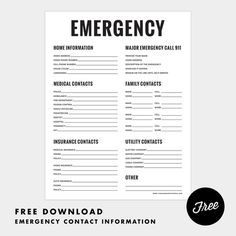



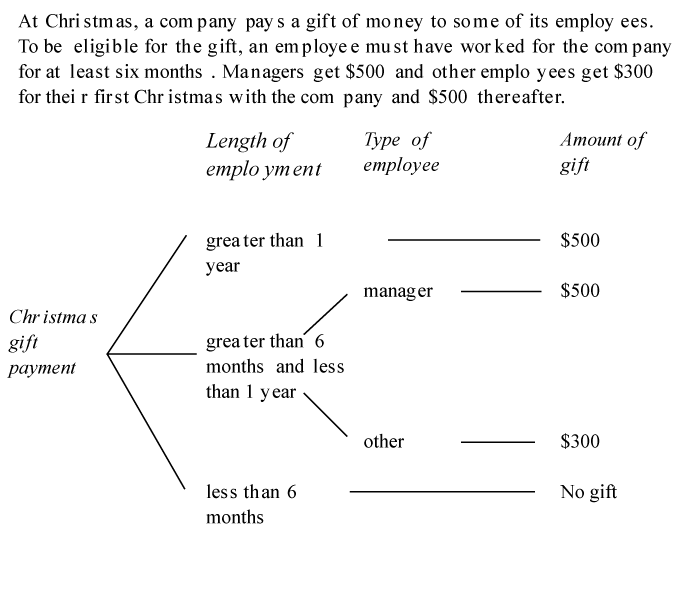
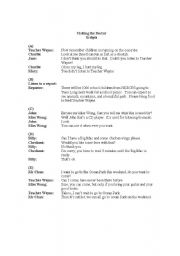
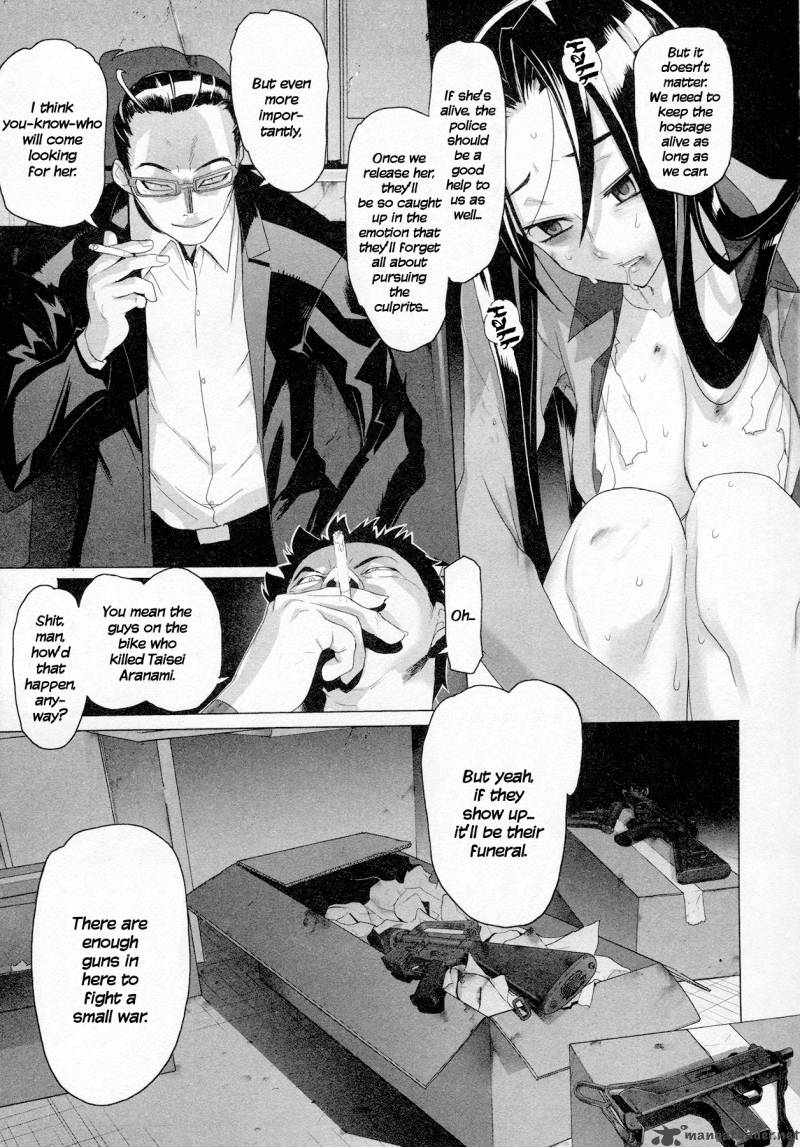

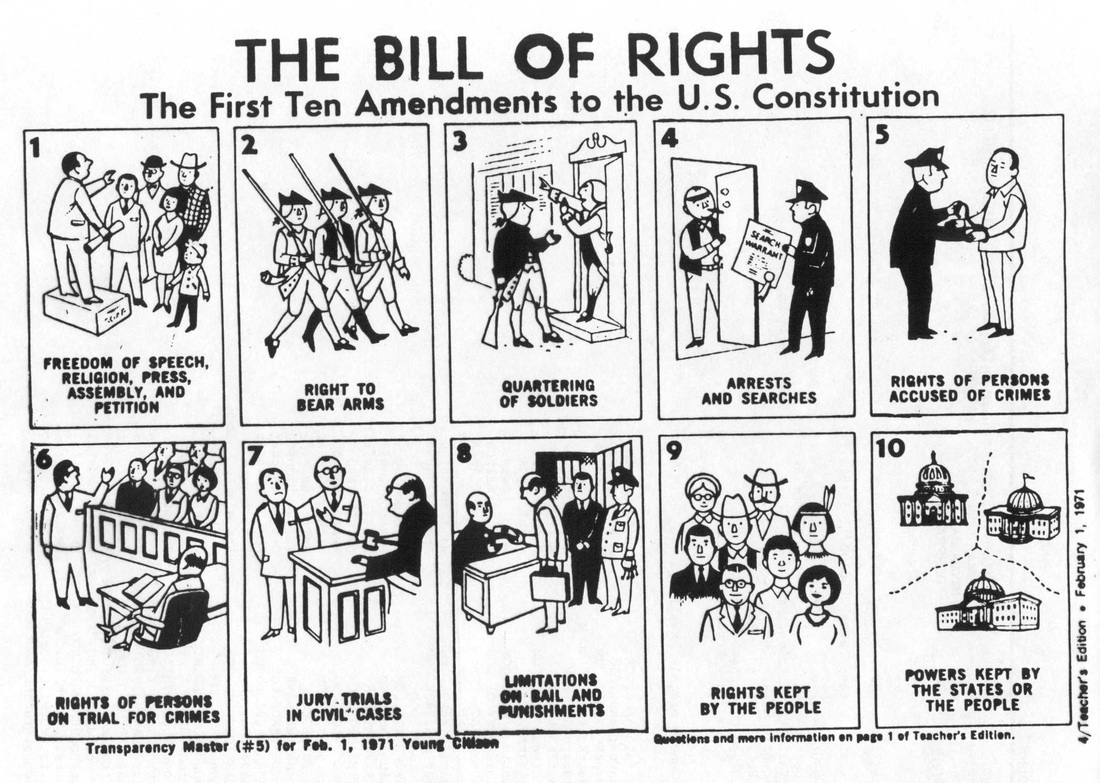

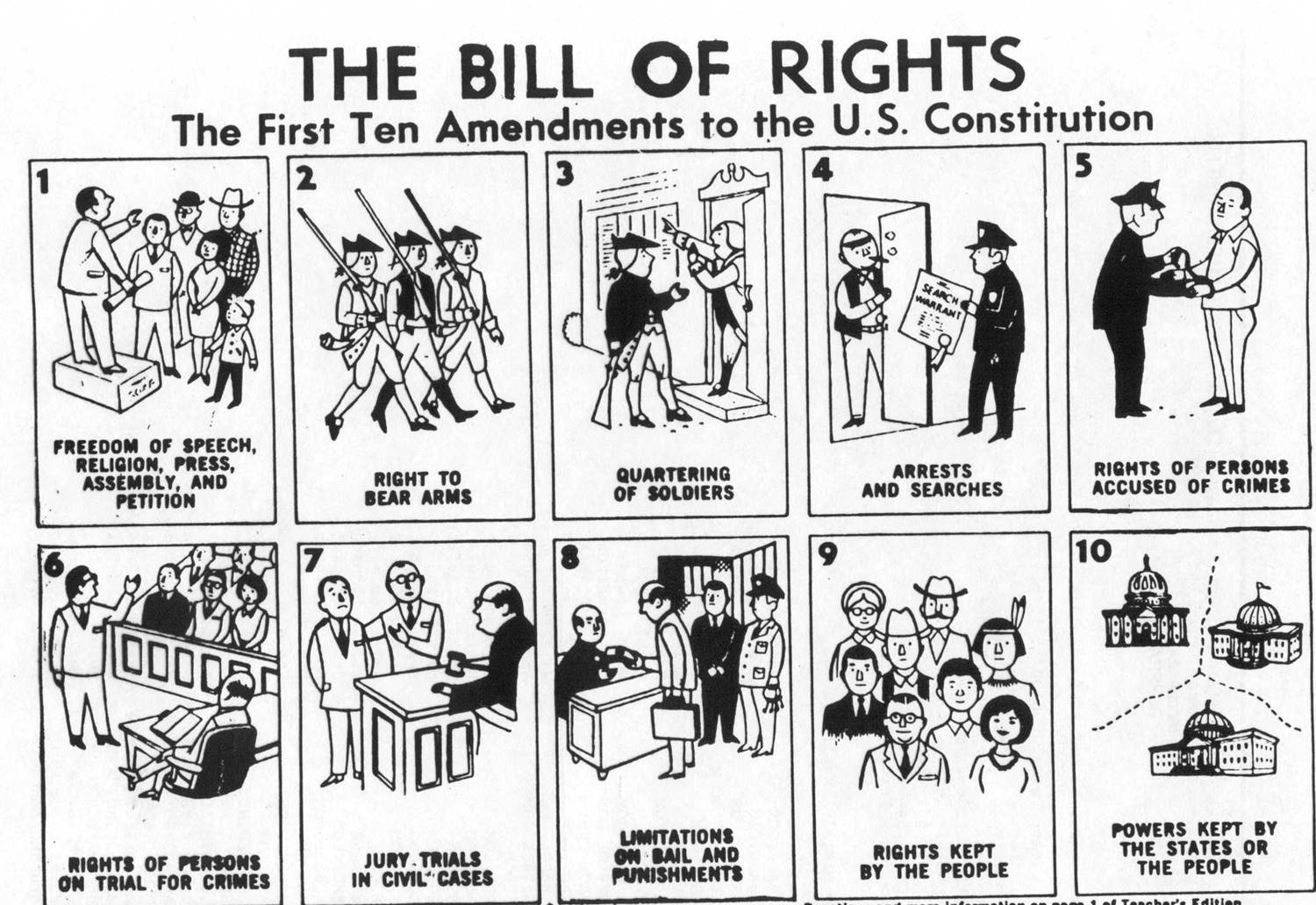
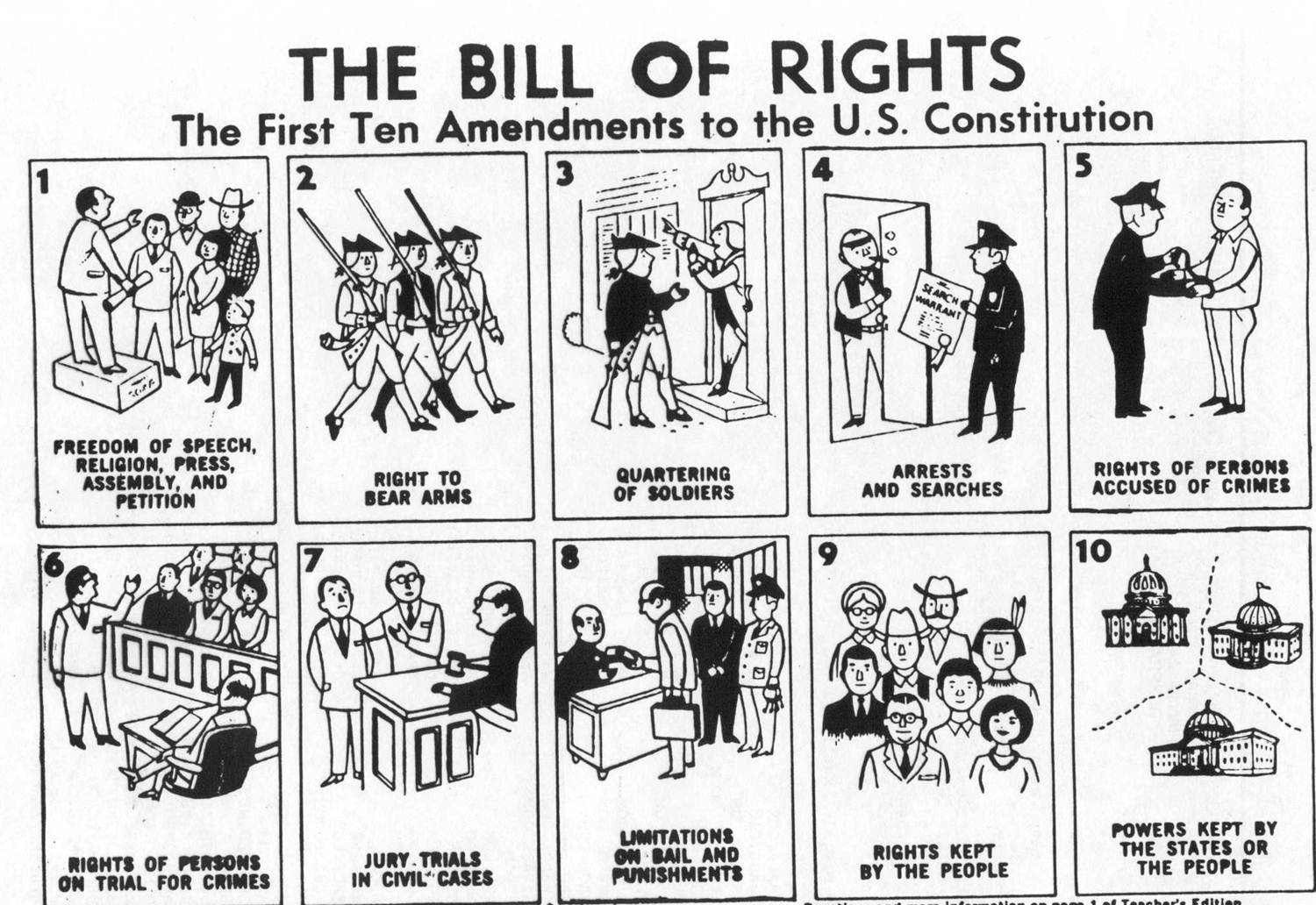
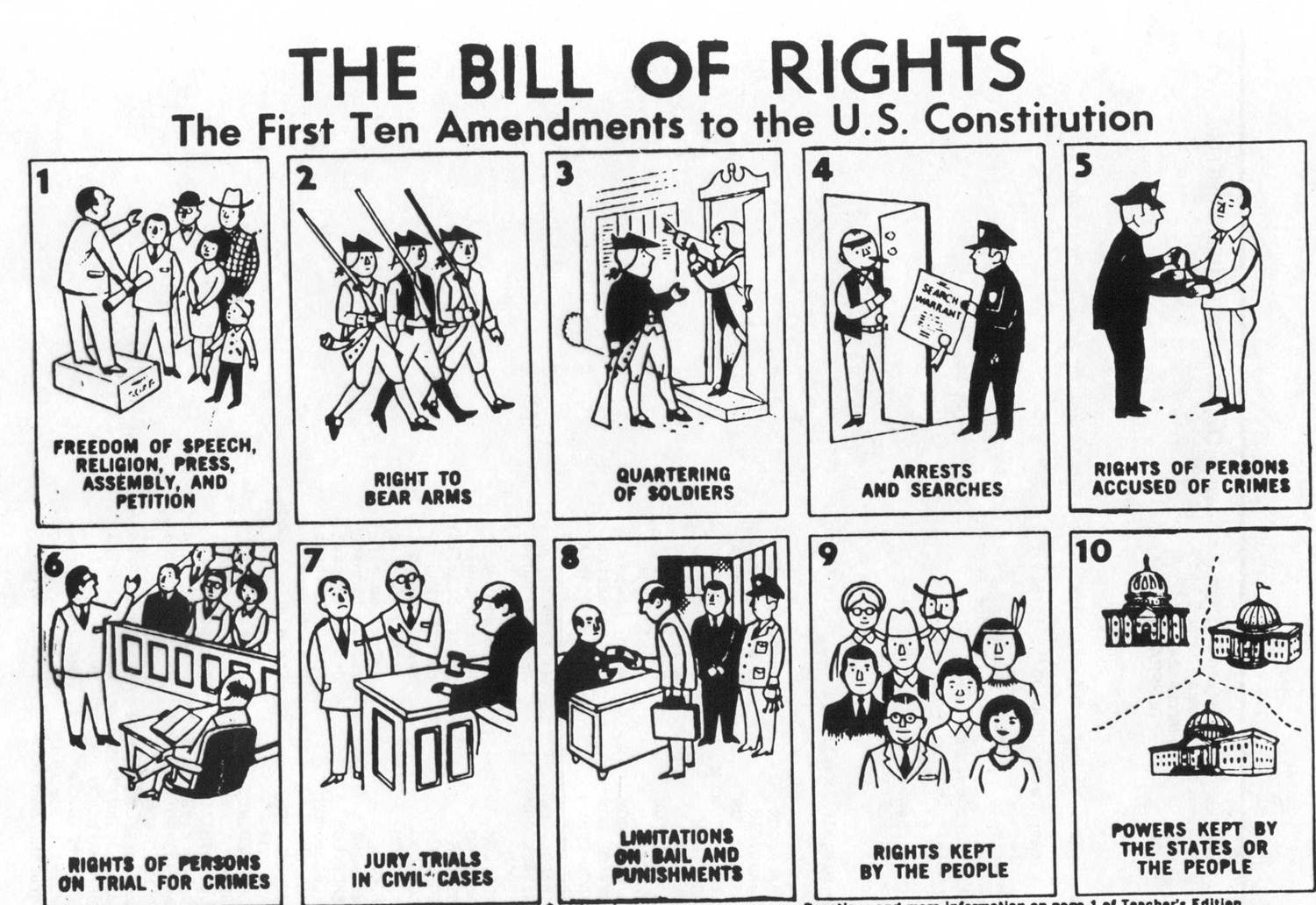

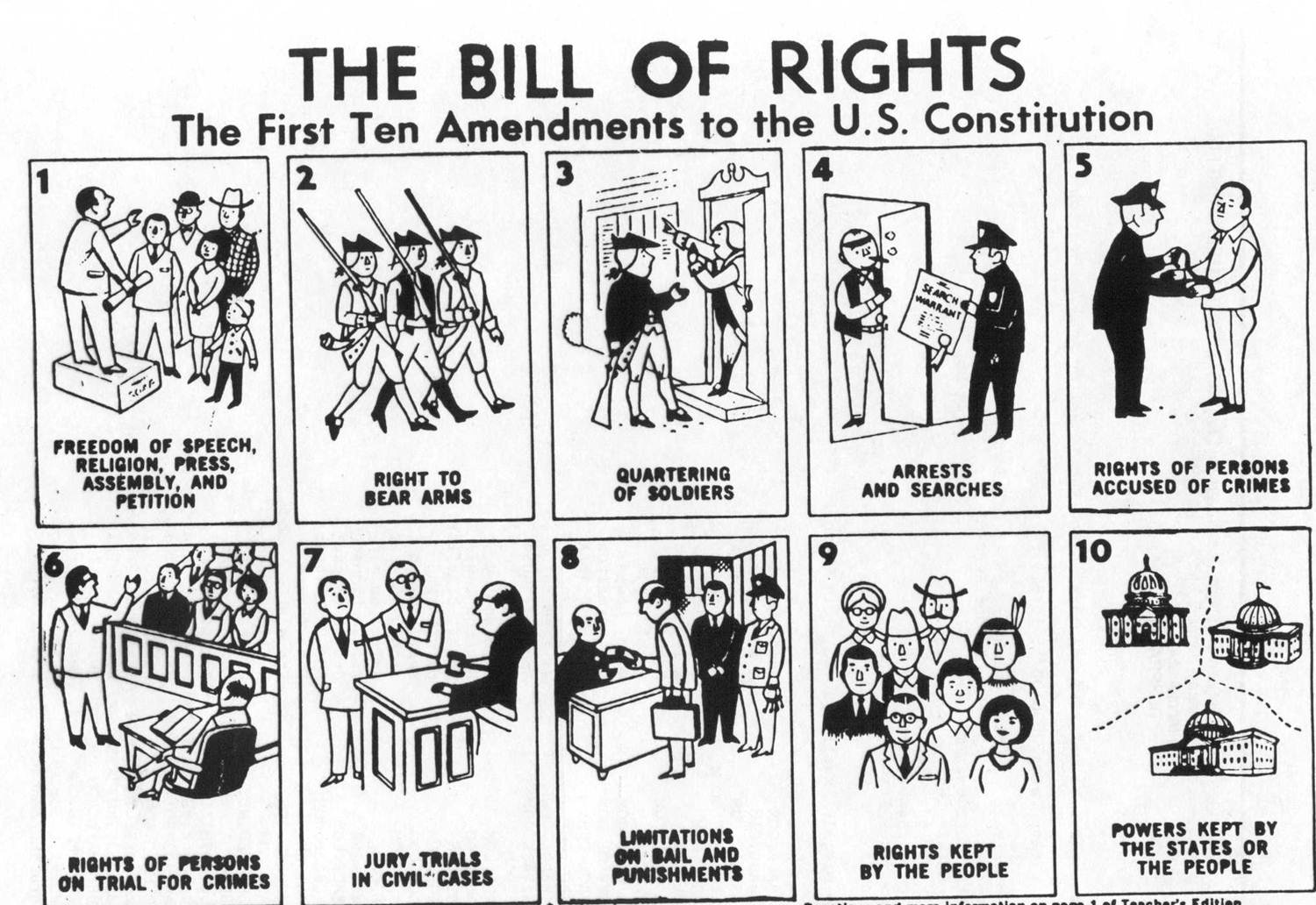
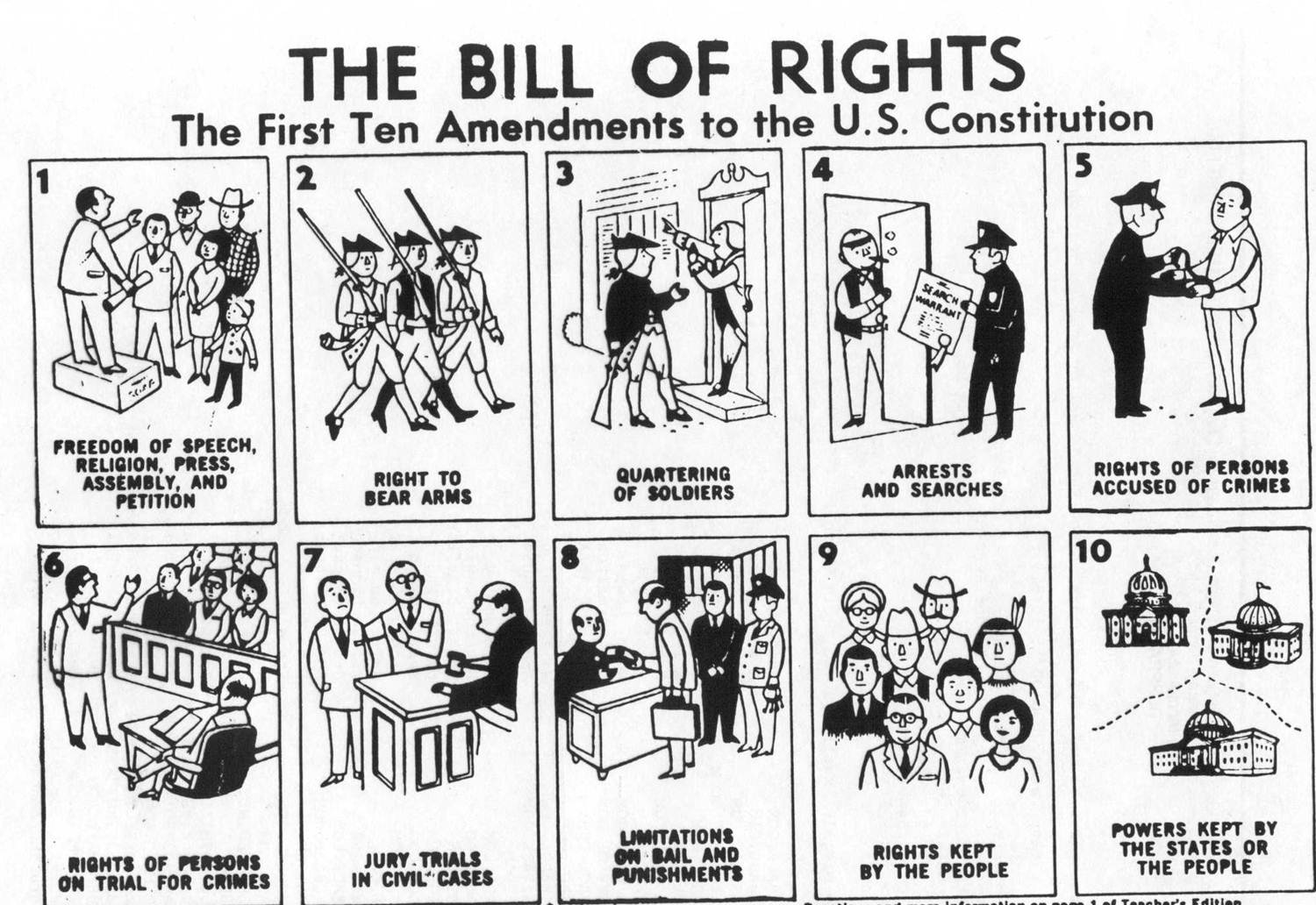
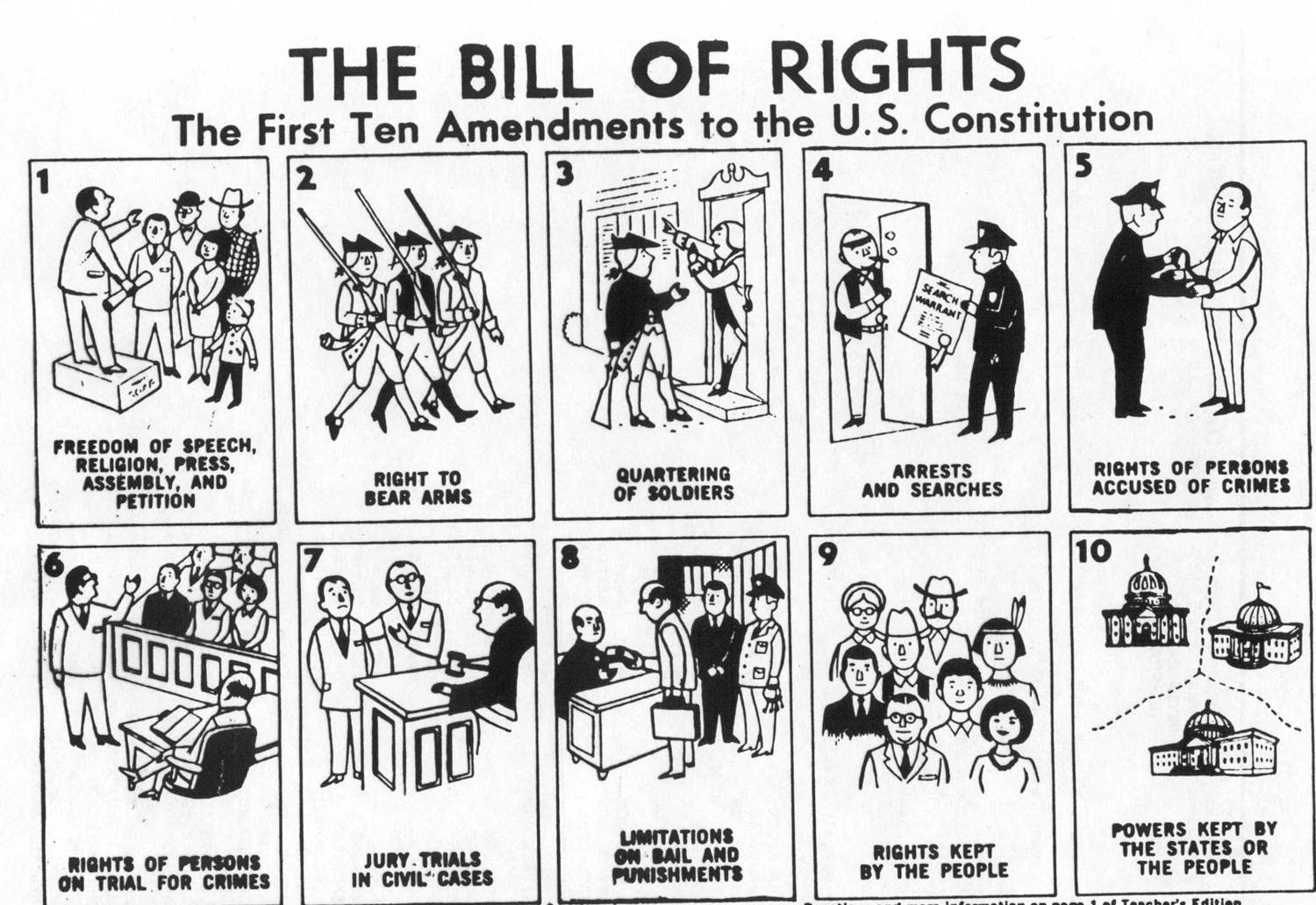














Comments